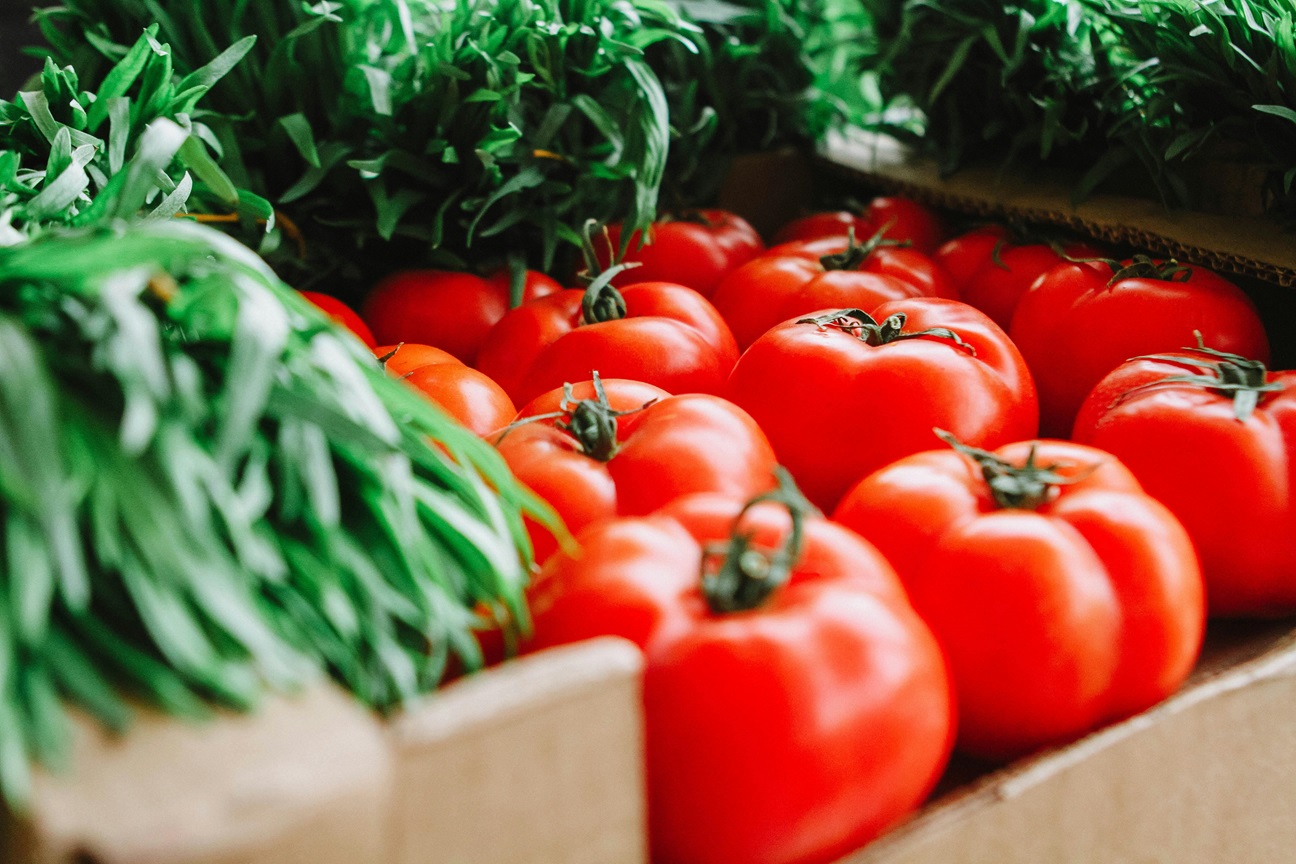In an era where self-sufficiency and healthy living are more valued than ever, growing fresh vegetables indoors year-round has become a popular pursuit among homeowners. This not only ensures a constant supply of fresh produce but also transforms living spaces into lush, green sanctuaries. Whether you’re dealing with harsh winters, limited outdoor space, or simply want to enjoy gardening as a year-round activity, this guide will walk you through the essentials of indoor vegetable gardening, from grow lights to hydroponics and soil-based containers.
The Essentials of Indoor Vegetable Gardening
Choose the Right Vegetables
Not all vegetables are suited for indoor gardening. Focus on varieties that can thrive in confined spaces and don’t require extensive sunlight or room to grow. Leafy greens like spinach, lettuce, and kale, herbs such as basil and cilantro, and dwarf varieties of tomatoes and peppers are excellent choices for indoor cultivation.
Selecting the Perfect Spot
Your indoor garden’s location plays a crucial role in your plants’ success. Most vegetables require at least 6-8 hours of sunlight daily. South-facing windows can provide ample natural light. However, for spaces lacking sufficient sunlight, grow lights become a necessity.
Grow Lights: A Game-Changer for Indoor Gardening
Grow lights are indispensable for indoor vegetable gardening, especially in regions with limited daylight hours. Indoor grow lights are indispensable for ensuring your plants receive the optimal amount of light necessary for photosynthesis and growth, mimicking the sun’s natural spectrum. They allow for a controlled environment where every aspect of plant growth can be optimized – from the intensity and duration of light exposure to the very wavelengths most beneficial at different stages of a plant’s life cycle.
One of the key advantages of indoor grow lights is their versatility. They can be used across a wide range of plant varieties, enabling you to grow everything from herbs and leafy greens to fruit-bearing plants like tomatoes and peppers, regardless of the natural light available in your home. This versatility extends to the setup as well; whether you’re working with a large room dedicated to gardening or a small corner of your kitchen, there’s a lighting setup that can work for you.
The Wonders of Hydroponics
Hydroponics, the practice of growing plants in water instead of soil, is a space-saving and efficient method for indoor gardening. Hydroponic systems can be as simple as a single container with a nutrient solution or more complex setups with pumps circulating nutrients. This method not only accelerates plant growth but also minimizes problems associated with soil, such as pests and diseases.
Soil-Based Containers: The Traditional Approach
For those who prefer traditional gardening, soil-based containers are a viable option. Use high-quality potting mix and ensure your containers have adequate drainage. The key to successful soil-based indoor gardening is to manage watering carefully since over or under-watering can quickly lead to problems.
Tips for Maximizing Your Indoor Garden’s Potential
Monitor Humidity and Ventilation: Indoor environments can become too dry for some plants, especially during winter. Use a humidifier if necessary and ensure your garden area is well-ventilated to prevent the buildup of mold medium more quickly than those grown outdoors. Regular fertilization is crucial for maintaining nutrient levels. Opt for organic fertilizers and follow the recommended application rates to avoid over-fertilization, which can harm your plants.
Pest Management: Even indoor gardens can experience pest issues. Keep an eye out for common pests such as aphids, spider mites, and whiteflies. Natural pest control methods, such as neem oil or insecticidal soap, can be effective while keeping your garden chemical-free.
Pruning and Harvesting: Regular pruning helps encourage bushier growth and higher yields, especially for herbs and leafy greens. Harvest your vegetables when they’re mature but not overripe, as this can stimulate continued production and extend the life of your plants.
Watering Wisely: Over-watering is a common mistake in indoor gardening. Ensure your containers have good drainage and water only when the top inch of soil feels dry to the touch. Consider using a water meter if you’re unsure about your watering practices.
Advantages of Growing Vegetables Indoors
Year-Round Harvest: Indoor gardening eliminates the constraints of seasons, allowing you to enjoy fresh vegetables regardless of the weather outside.
Space Efficiency: With vertical gardening techniques and compact hydroponic systems, even the smallest spaces can produce substantial yields.
Controlled Environment: Indoor gardens are less susceptible to the variables that outdoor gardens face, such as unpredictable weather and pests, allowing for more consistent growth conditions.
Healthier Living: Growing your own vegetables can lead to a healthier diet, and the presence of plants indoors can improve air quality and overall well-being.
Getting Started
Embarking on your indoor vegetable gardening journey begins with choosing the right setup for your space and lifestyle. Whether you lean towards a high-tech hydroponic system, the simplicity of soil-based containers, or the efficiency of LED grow lights, the key is to start small. Experiment with different plants to learn what works best in your indoor environment and gradually expand your garden as you gain confidence and experience.
Remember, indoor gardening is a learning process that requires patience and adaptation. By paying close attention to your plant’s needs and responding accordingly, you’ll soon enjoy the fruits (and vegetables) of your labor, with a lush indoor garden that provides fresh produce and a sense of achievement all year round.
In conclusion, growing fresh vegetables indoors is not just a rewarding hobby; it’s a sustainable practice that enhances your living space and diet. With the right approach and a bit of care, anyone can transform their home into a verdant, productive oasis.
Photo by Rauf Allahverdiyev: https://www.pexels.com/photo/red-tomatoes-1367243/

